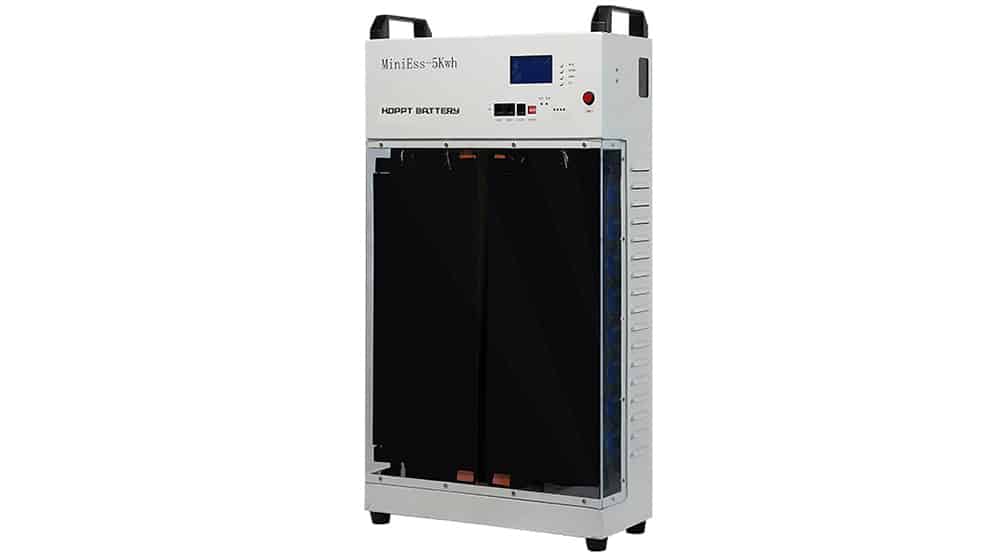- Curved Lithium Polymer battery
- Fast Charge Polymer Battery
- Flexible Polymer Lithium Battery
- Ultra-thin Polymer Battery
/ Blog / Battery Knowledge /
Home energy storage battery
21 Feb, 2022
By hoppt

Battery system costs have fallen by more than 80% in the last 5 years and continue to decline. One of the most promising areas for further cost reduction is energy storage
and will be part of a much larger energy management system (network), which may include distributed generation and load control. Energy storage in commercial buildings is an area that offers tremendous opportunities to lower utility bills, reduce dependence on fossil fuels, and mitigate potential blackouts resulting from power outages.
Energy storage batteries are not yet used extensively in commercial buildings because they are expensive and confined to small applications such as backup power supply, but there is significant interest among building occupants in using them during peak hours when electricity prices are highest.
Energy storage batteries can help any building with solar or wind power generation by storing the excess electricity generated during times of low demand and using it to help offset energy consumption at peak hours.
Energy storage batteries will not only reduce the cost of commercial building operation, but provide an opportunity for these buildings to be independent financially from utility companies.
The use of onsite micro-scale energy storage is becoming increasingly attractive as a means of reducing power costs and enabling renewable generation sources such as photovoltaics (PV) and wind turbines which are often perceived as too expensive or intermittent to serve as viable replacements for traditional grid-connected electric power supply.
Onsite energy storage enables deferred or avoided reinforcement costs, capital cost savings, increased efficiency of PV systems, reduction in line loss, reliable service under brownouts and blackouts, and quick start-up of emergency systems.
The future goal is to monitor the battery lifetime as the use of these batteries has been increasing over the past years. This would be a way to find out if they are used in a sustainable manner or not.
The use of these batteries does not only depend on their lifetime but also from other factors such as how much energy they store and for what time period, this information is also shown in the graph above which came from a previous study done by researchers at Penn State University who published a paper explaining that batteries do have an optimal number of cycles where it should achieve its maximum efficiency.
On the contrary there are other studies that state that even though after reaching that number of cycles it starts decaying, batteries can easily be reconfigured to reach the desired number of cycles.
Independent from the assembling or re-assembling, a degradation study should be performed in order to find out how it runs after a certain amount of time and if there is a decrease in its lifetime performance. This has yet not been done by any company but it would be beneficial for them because knowing the expected lifespan of each battery, they could adjust their products accordingly.
Conclusion of home energy storage battery
These batteries are expensive which is why companies do not want them to fail prematurely; this is where the importance of finding out how long they last comes into place. A lot of research has already been conducted on these batteries when it comes to capacity over time (in percentage) like what was shown in figure6.
The normal behavior of the battery is to go up, peak and then decay after some time, this was shown in other studies as well. It is important for manufacturers to know if their batteries are near their expected lifespan, so that they can change them before they actually start degrading.



